Table of Contents
How to Season Ground Beef for Spaghetti
Properly seasoning ground beef is the foundation of a flavorful spaghetti sauce. This guide shows exactly how to layer spices for maximum taste, whether you're making a simple weeknight meal or a special dinner. Follow these steps to transform bland ground beef into a rich, aromatic base for perfect spaghetti.

Essential Spices for Perfect Spaghetti Sauce
These core spices create the flavor foundation for any spaghetti sauce with ground beef:
- Salt – Enhances natural meat flavors and balances acidity
- Black Pepper – Adds subtle heat and depth
- Garlic Powder – Consistent flavor without burning like fresh garlic
- Onion Powder – Delivers savory sweetness without extra moisture
- Dried Oregano – Classic Italian flavor that blooms when cooked
- Paprika – Adds warmth and slight smokiness
- Dried Basil – Essential for authentic Italian tomato sauce
| Spice | Flavor Profile | Best Used With |
|---|---|---|
| Salt | Umami-enhancing, salty | All types of meat dishes |
| Black Pepper | Pungent, earthy | Italian, American, and fusion dishes |
| Garlic Powder | Rich, aromatic | Tomato-based sauces, sautéed vegetables |
| Oregano | Earthy, slightly bitter | Mediterranean, Italian dishes |
| Paprika | Smoky, sweet | Meatballs, stews, and casseroles |
| Basil | Fresh, sweet, slightly peppery | Tomato sauces, meat dishes |
| Red Pepper Flakes | Spicy, bold | Arrabbiata-style sauces, spicy pasta |
Pro Techniques for Seasoning Ground Beef
Follow these proven methods to maximize flavor in your spaghetti sauce:
- Season in Two Stages: Add half the spices when browning the meat, and the rest after browning but before adding tomato sauce. This creates layered flavor development.
- Brown First, Then Season: Never salt raw ground beef before browning. Salting too early draws out moisture, preventing proper searing.
- Use Fresh Spices: Replace spices every 6-12 months. Stale spices lose potency and won't deliver full flavor.
- Deglaze the Pan: After browning, add 1/4 cup red wine or broth to lift browned bits for extra depth.
- Add Acid at the End: Stir in 1 tsp balsamic vinegar or lemon juice just before serving to brighten flavors.
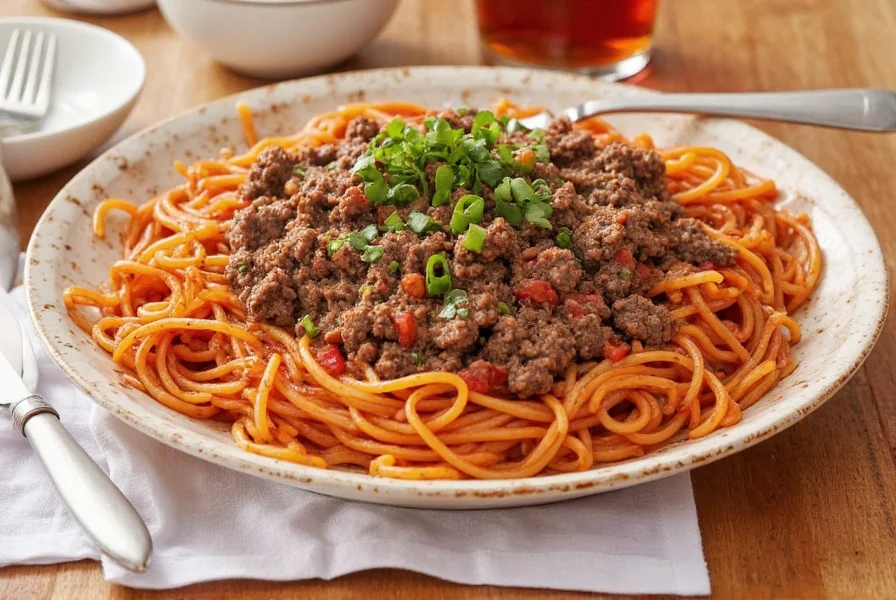
Flavor Boosters for Richer Sauce
Elevate your spaghetti sauce with these professional touches:
- Worcestershire Sauce – 1 tsp adds umami depth without overpowering
- Anchovy Paste – 1/2 tsp melts into sauce for rich savory notes (no fish taste)
- Fresh Garlic – Minced and added after browning for bright, pungent flavor
- Balsamic Vinegar – 1 tsp stirred in at the end balances tomato acidity
- Tomato Paste – 2 tbsp cooked with meat before adding sauce for concentrated flavor
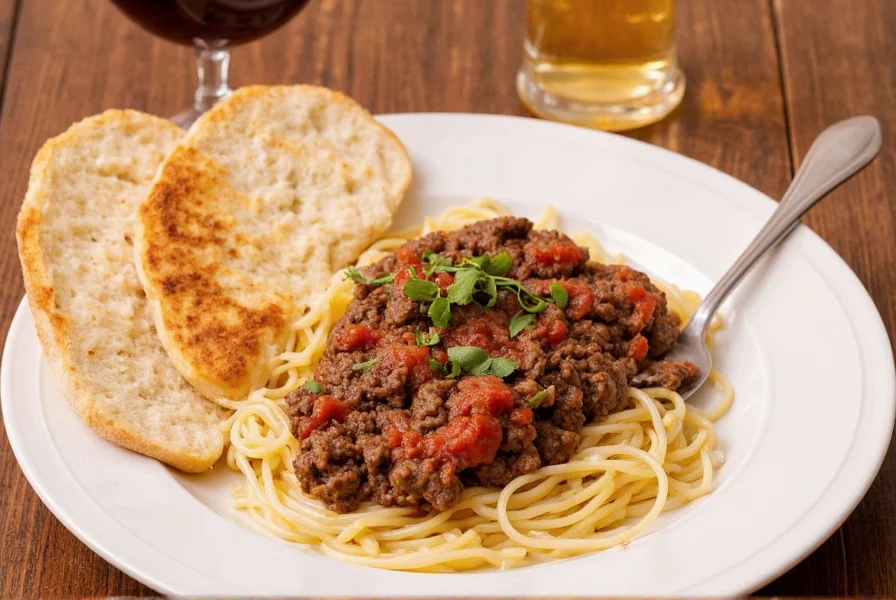
Store-Bought vs Homemade Seasoning Blends
| Type | Pros | Cons |
|---|---|---|
| Store-Bought | Convenient, consistent flavor, saves time | Often high in sodium, preservatives, less customizable |
| Homemade | Fresher ingredients, fully customizable, healthier | Takes more planning, storage needed |
Best Store-Bought Options
- Mrs. Dash Original Blend – Low sodium, versatile for all dishes
- McCormick Perfect Pinch Italian Seasoning – Balanced herbs for authentic flavor
- Badia Italiano Seasoning – Robust flavor, affordable everyday option
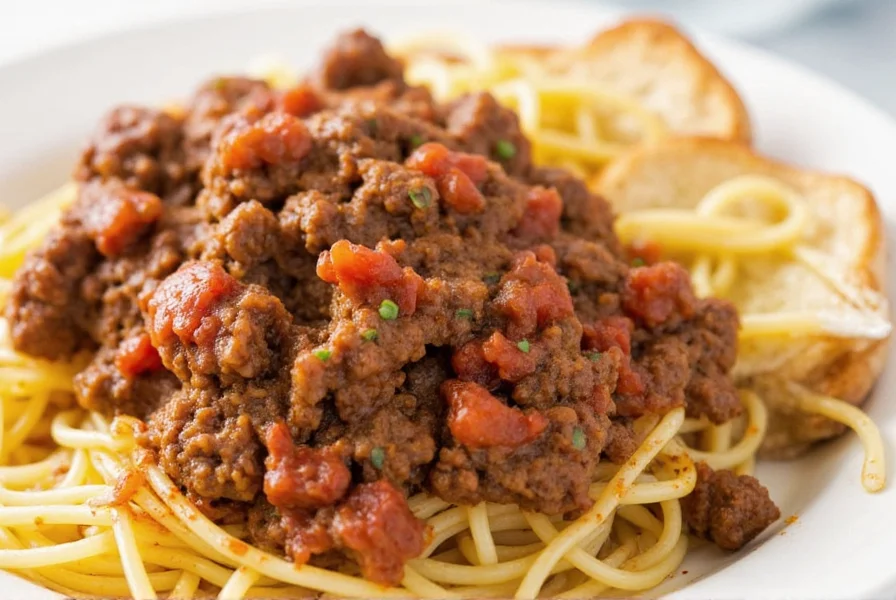
Homemade Seasoning Blend Recipe
Mix together:
- 1 tbsp salt
- 1 tsp black pepper
- 1 tsp garlic powder
- 1 tsp onion powder
- 1 tsp dried oregano
- 1 tsp dried basil
- ½ tsp paprika
- ¼ tsp red pepper flakes (optional)
Store in an airtight container for up to 6 months.
Best Seasoning Products for Spaghetti
| Product | Features | Best For | Occasions |
|---|---|---|---|
| McCormick Culinary Italian Seasoning | High-quality blend, gluten-free, commercial-grade | Large batches, restaurants, meal prep | Weeknight dinners, potlucks, family meals |
| Simply Organic Italian Herb Blend | Organic, no additives, eco-friendly packaging | Health-conscious cooks, organic eaters | Healthy meals, baby showers, picnics |
| Badia Italiano Seasoning | Robust flavor, affordable, easy to find | Everyday home cooking | Spaghetti Tuesday, game nights, solo dinners |
| Spice Islands Italian Seasoning | Strong aroma, great for slow-cooked sauces | Ragù lovers, pasta enthusiasts | Dinner parties, romantic evenings, Sunday dinner |
| Trader Joe's Italian Seasoning | Economical, well-balanced, TJ's exclusive | Frugal shoppers, college students | Quick lunches, camping trips, casual meals |
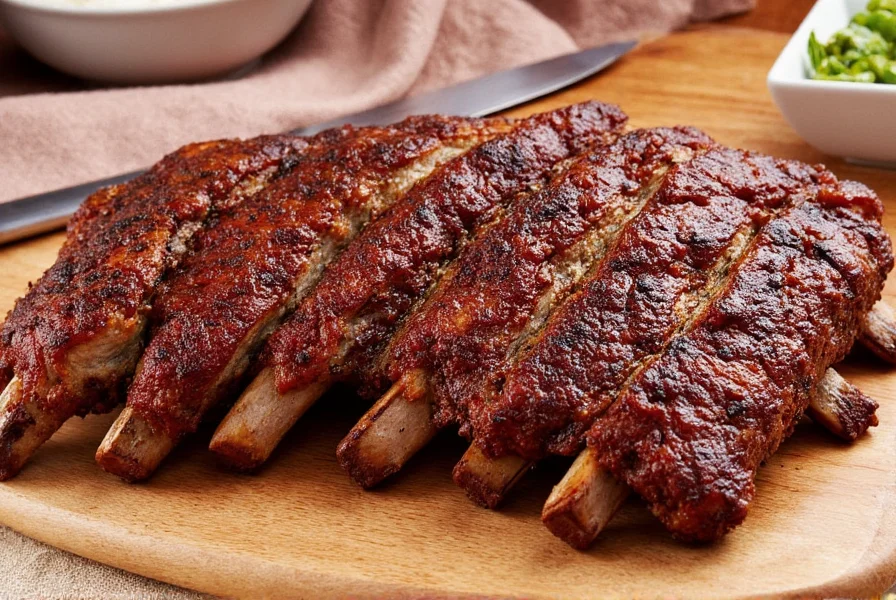
Frequently Asked Questions
What are the essential spices for seasoning ground beef in spaghetti?
The essential spices for ground beef in spaghetti include salt, black pepper, garlic powder, onion powder, dried oregano, dried basil, and paprika. These create the foundational flavor profile that complements tomato-based sauces. For authentic Italian taste, avoid rosemary and focus on oregano and basil as the primary herbs.
When should I add seasoning to ground beef for spaghetti?
Add half the spices when browning the meat and the rest after browning but before adding tomato sauce. Salting too early draws out moisture and prevents proper searing. Adding some seasoning early helps penetrate the meat, while finishing with additional seasoning after browning ensures vibrant, fresh flavor.
How much seasoning should I use for ground beef in spaghetti?
Use about 1 teaspoon of seasoning blend per pound of ground beef. Start with 1/2 teaspoon, taste after simmering 15-20 minutes, and adjust as needed. Remember that flavors concentrate as the sauce reduces, so it's better to under-season initially and add more later if necessary.
Can I use fresh herbs instead of dried for spaghetti meat sauce?
Yes, but with adjustments. Use three times the amount of fresh herbs compared to dried (e.g., 1 tablespoon fresh oregano for 1 teaspoon dried). Add fresh herbs toward the end of cooking to preserve their flavor, while dried herbs benefit from longer simmering to release their oils. For best results, use dried herbs as the base and fresh herbs as a finishing touch.
Why does my spaghetti sauce taste bland even with seasoned ground beef?
This typically happens for three reasons: 1) You didn't season in layers (both before and after browning), 2) Your spices are old and have lost potency, or 3) You didn't balance acidity with sweetness. Try adding a pinch of sugar to counter tomato acidity, or incorporate flavor boosters like Worcestershire sauce, balsamic vinegar, or a small amount of anchovy paste for umami depth.
What's the difference between Italian seasoning and individual spices?
Italian seasoning is a pre-mixed blend typically containing oregano, basil, rosemary, thyme, and marjoram. While convenient, homemade blends let you control the ratio of herbs to match your taste. For spaghetti sauce specifically, avoid rosemary which can overpower the dish. Focus on oregano and basil as the primary herbs, with minimal rosemary if included.
Final Tips
Perfectly seasoned ground beef transforms spaghetti from ordinary to extraordinary. The key is layering flavors through proper timing, using fresh spices, and balancing acidity with sweetness. Whether you choose store-bought blends or make your own, these techniques will ensure your spaghetti sauce has depth, complexity, and restaurant-quality flavor every time.
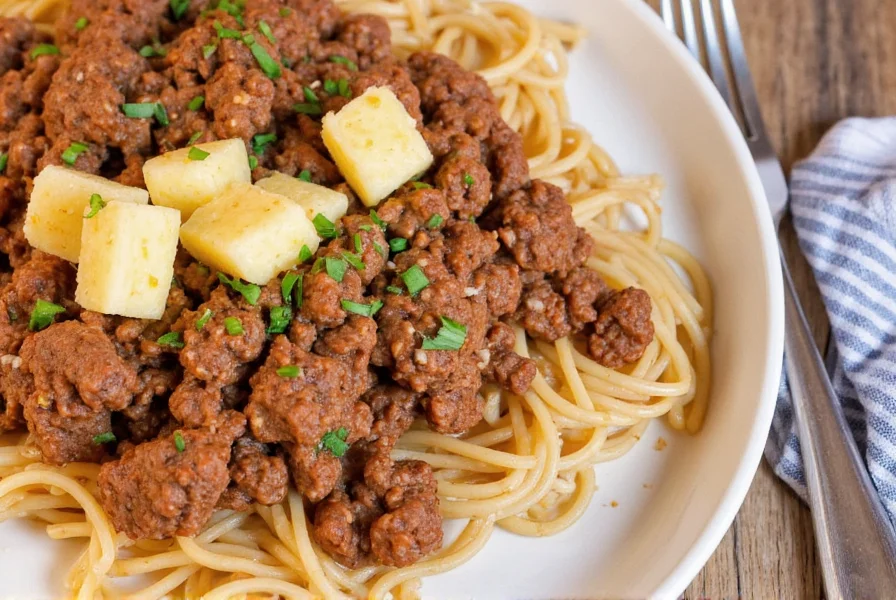

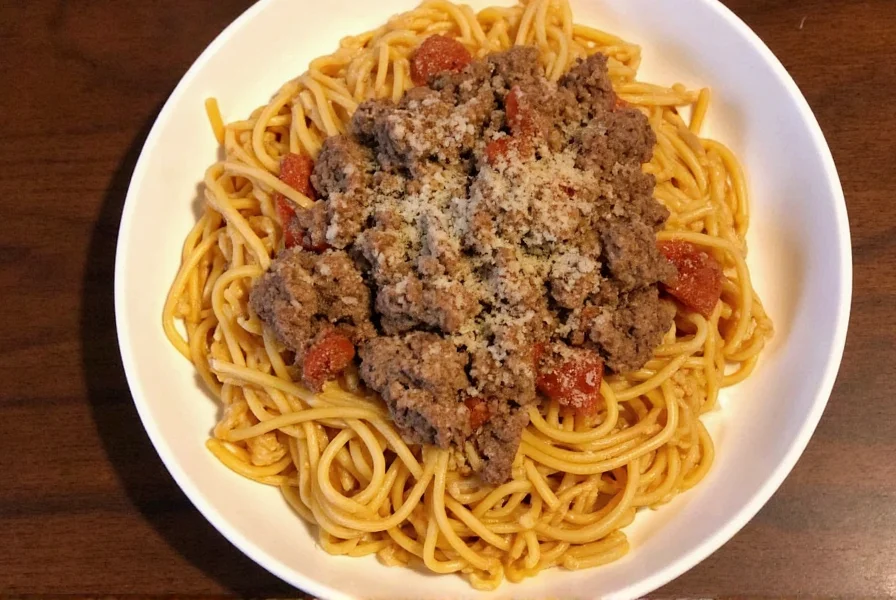









 浙公网安备
33010002000092号
浙公网安备
33010002000092号 浙B2-20120091-4
浙B2-20120091-4